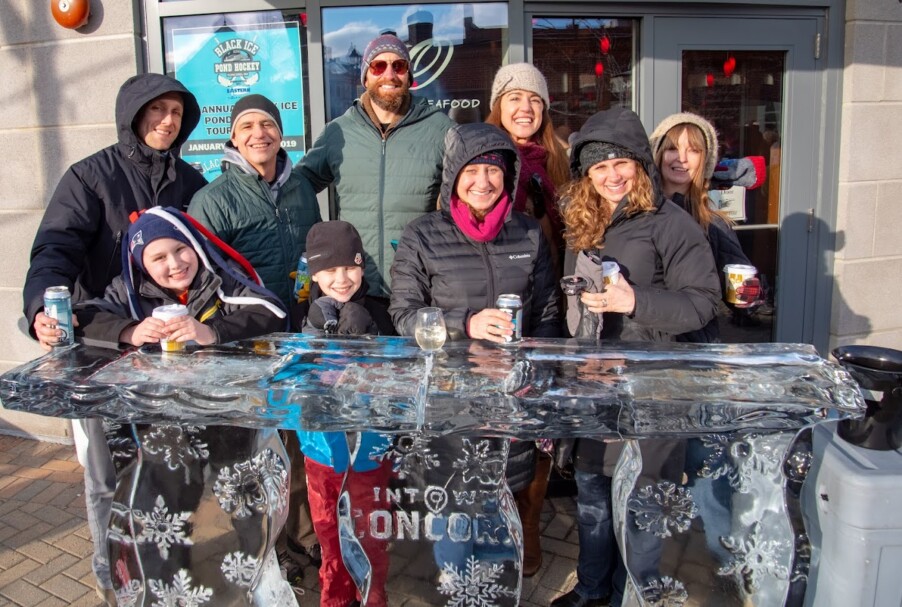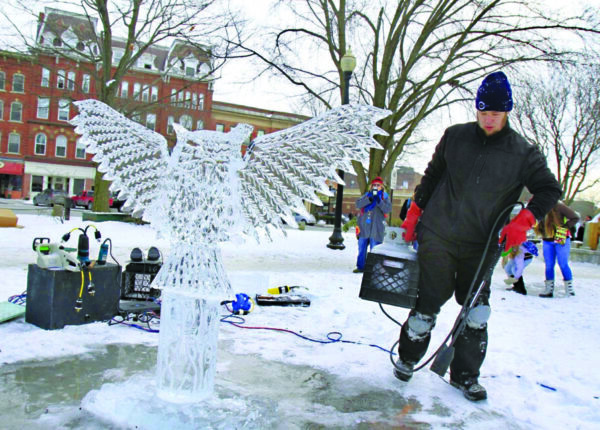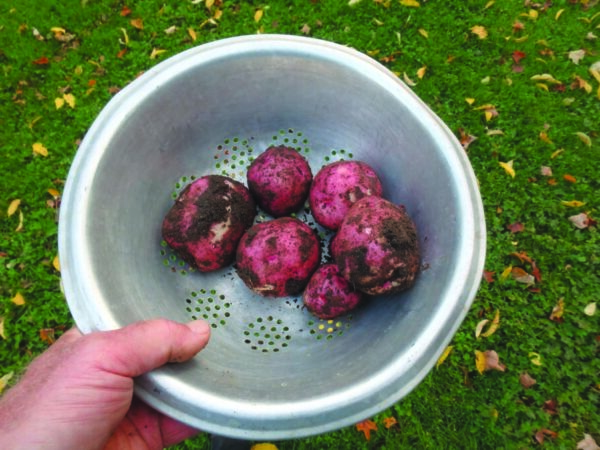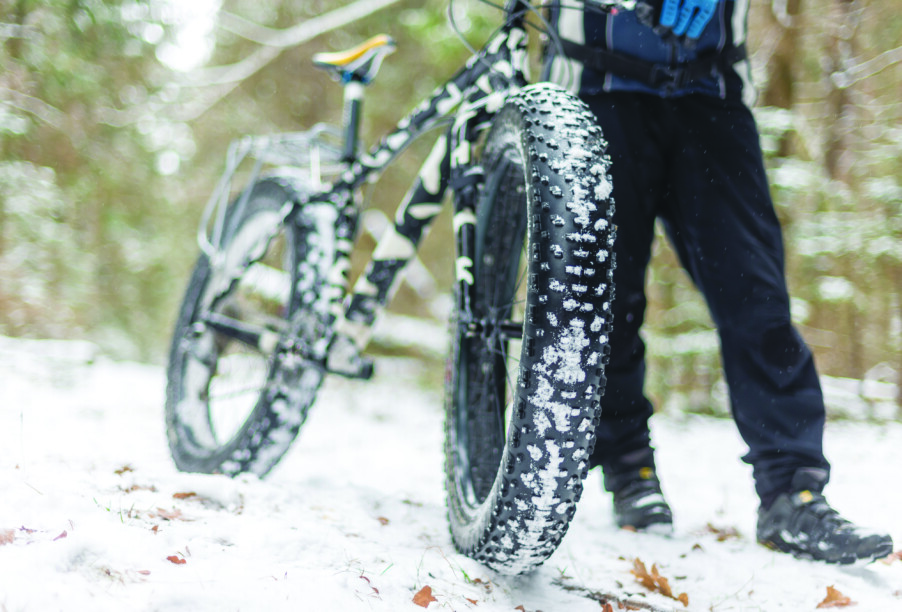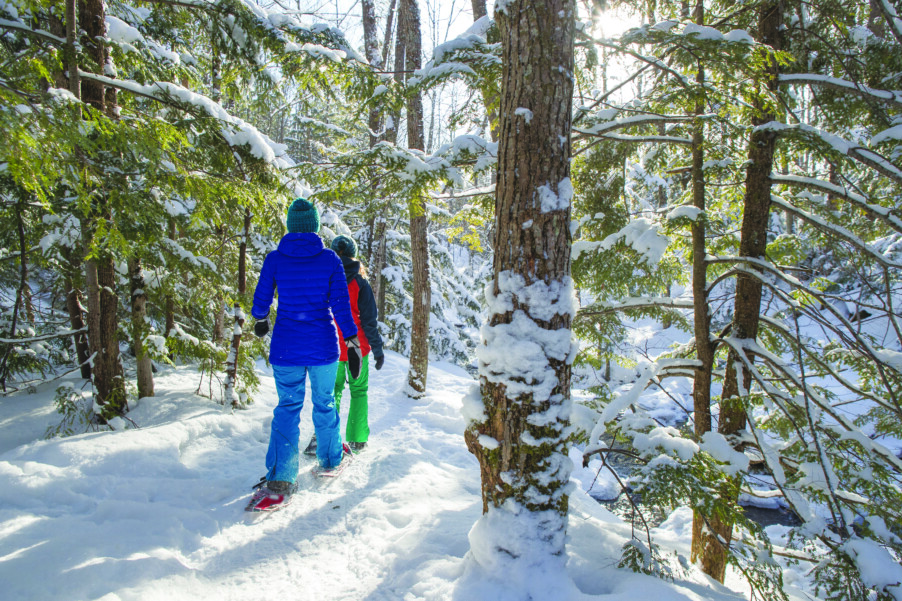A seasonal activity that’s accessible to all
Winter sports have never appealed to me. Skiing, snowboarding, ice skating — I can think of dozens of things I’d rather do, most of which involve being warm and cozy and, well, inside. But snowshoeing is different: It doesn’t take much skill beyond being able to walk, but it’s still a decent workout; the setting is typically beautiful and serene, where you’re surrounded by nature rather than crowds of people; and it’s pretty accessible, with inexpensive rentals available and trails all over the state.
Tom Walton, who created the Snow or No We Go snowshoe trail series that takes place over several weekends this winter in Canterbury and Franklin (see the full story at hippopress.com in the Jan. 13 edition), steps up his snowshoeing game by running — which is much easier to do with made-for-racing snowshoes that are light and only a little bigger than your shoes.
“Snow is one of the best surfaces to run on, and single-track through the woods is beyond beautiful,” Walton said. “Snowshoe racers like a packed trail because it’s faster. We use racing snowshoes, very light, from Dion.”
Even non-racing snowshoes are much lighter than they used to be, and not nearly as bulky, making it an activity that kids and even the most uncoordinated adults can do. And Walton pointed out that it is beneficial during a time of year when it’s often easier to stay inside.
“Sunlight is critical for health, both physical and emotional,” he said. “[And] it is great aerobic exercise. … Being outside on snow on a crisp, clear day running through the woods is heaven.”
Several local organizations offer snowshoe rentals and access to their trails, and some towns and nonprofits maintain trails throughout the winter — often for cross-country skiing or snowmobiling, which make for good snowshoeing trails as well.
Or, if you want to buy your own snowshoes, you can forge your own path.
“Well-marked trails are a plus but not necessary because you can ad lib and follow your own tracks back,” Walton said.
Here are a few suggestions for local rentals and trails; for more suggestions throughout the state, visit visit.nh.gov and search for snowshoeing under “activities.”
Snowshoe rentals
Need to rent a pair of snowshoes? These local places offer rentals (usually dependent on trail conditions, so call or check their websites for the most up-to-date information).
America’s Stonehenge (105 Haverhill Road, Salem, 893-8300, stonehengeusa.com) offers snowshoe rentals when trail conditions are good; as of Jan. 17, the trails were closed because conditions were poor, according to the website, and will reopen when there’s more snow. Rentals are $20 for ages 13 and up and $14 for 12 and under. Admission to the snowshoe trails without rentals is $13 for ages 13 and up and $7.50 for ages 12 and under. Snowshoes are available on a first-come, first-served basis, and reservations are not accepted.
Beaver Brook Association (117 Ridge Road, Hollis) offers snowshoe rentals for $10 a day. They’re available Monday through Friday from 9 a.m. to 3 p.m., weather permitting, and arrangements can be made for weekend rentals as well ($20). Visit beaverbrook.org or call 465-7787 to reserve, or to find out more about upcoming guided hikes.
Gunstock Mountain Resort (719 Cherry Valley Road, Gilford, 293-4341, gunstock.com) offers snowshoeing in its Outdoor Center, which includes 25 kilometers of groomed trails. It is open daily from 9 a.m. to 4 p.m. To reserve snowshoes or for private tours, and for rental pricing, call the Outdoor Center (ext. 504).
NH Audubon Both the Massabesic Center (26 Audubon Way, Auburn) and the McLane Center (84 Silk Farm Road, Concord) offer snowshoe rentals every Tuesday through Friday from 11 a.m. to 4 p.m. The cost to rent is $15 for the day, and they’re only rented out when there are 6 or more inches of snow on the ground. Adult and youth sizes are available, on a first-come, first-served basis. The Audubon also rents binoculars during those hours for $5. How-to handouts and trail maps are provided with rentals. Visit nhaudubon.org.
Pats Peak (686 Flanders Road, Henniker, 428-3245, patspeak.com) offers snowshoe rentals for $19 a day. It has three trails ranging from easiest to expert (recommended only for those with expert ability and equipment), with distances of 1 to 3.5 miles and vertical inclines of 200 to 700 feet. The trails are free to use, but Pats Peak does not maintain them, and conditions are dependent on weather. A snowshoe map is available, and conditions can be checked daily on the website.
Local trails
If you own snowshoes, you can use them anywhere that has enough snow, but some local trail systems are more likely to have packed snow, either because they are maintained or because they are well-used. Here are a few ideas.
• Adams Pond Trail (Pillsbury and Adams roads, Londonderry, 437-2675, londonderrynh.org) is open for snowshoeing.
• Beaver Meadow Golf Course (1 Beaver Meadow Dr., Concord, 228-8954, bmgc.golf) has groomed trails for snowshoeing that are maintained by the Concord Parks & Recreation department.
• Benedictine Park (341 Wallace Road, Bedford, 228-1231, bedfordlandtrust.org) has town-owned trails that are available for snowshoeing.
• Horse Hill Nature Preserve (184 Amherst Road, Merrimack, 882-1046, merrimackparksandrec.org) has a variety of conservation trails that you can traverse with snowshoes.
• Mine Falls Park (Whipple Street, Nashua, 589-3400, nashuanh.gov) offers trails that can be used for snowshoeing.
• Southwest Park (at Yudicky Farm, off Main Dunstable Road, Nashua, 589-3400, nashuanh.gov) also has trails open for snowshoeing.
Featured photo: Courtesy photo.


